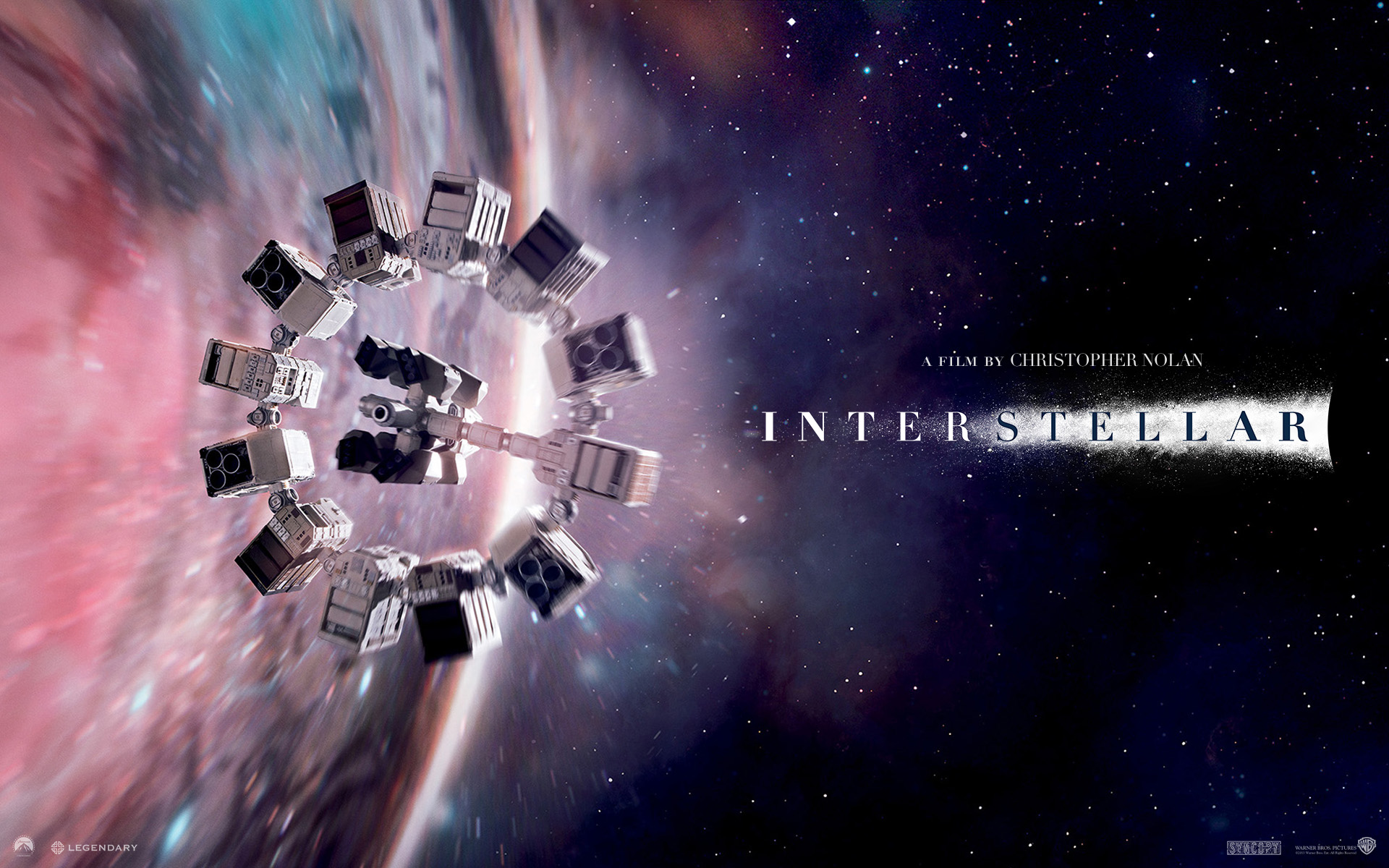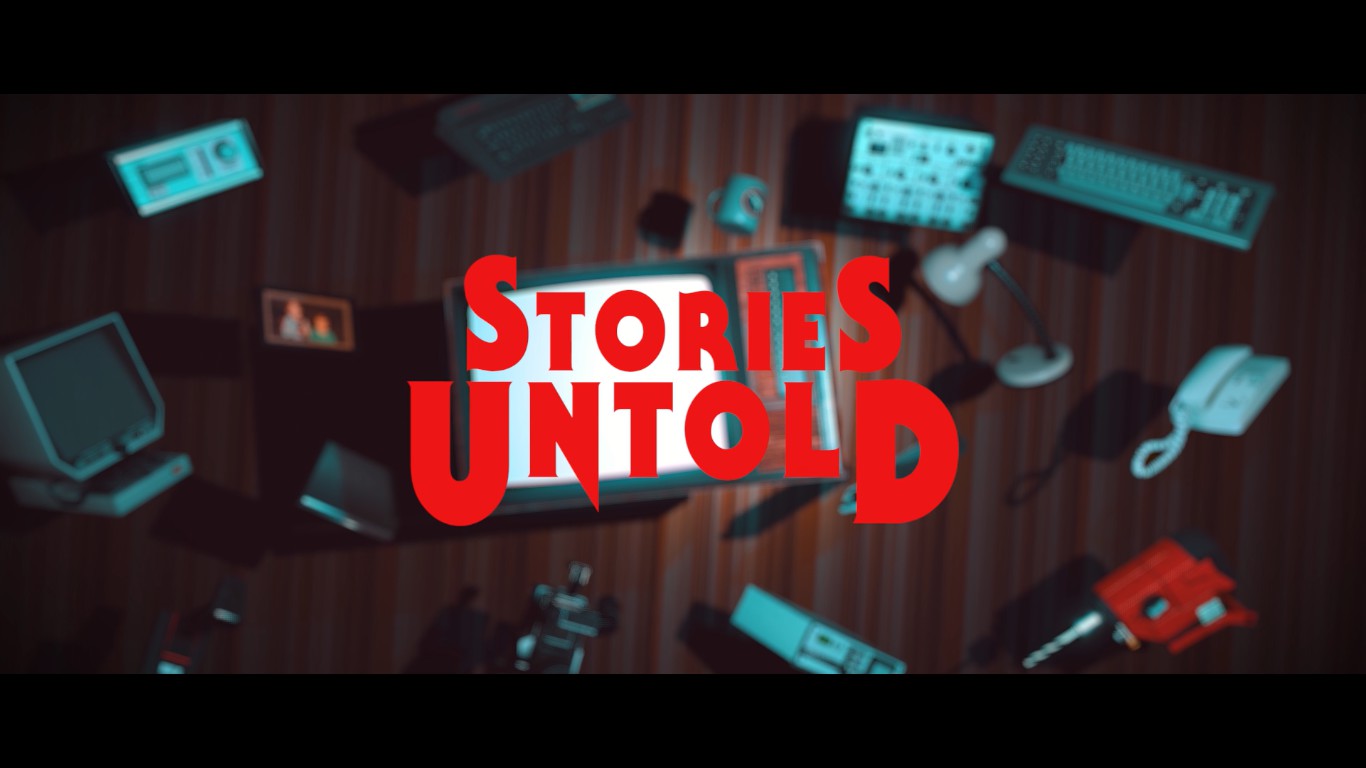Video games have become increasingly interesting for various fields and target audiences — but regarding academic research, the foundling of literary studies still faces many difficulties. Yet, video games can offer information on the respective cultural context and illustrate novel methods of storytelling.
English
Creative Gaming Award 2019

Submissions for the Creative Gaming Award 2019 begin 1 June 2019. Deadline is 30 June 2019.
Voicelessness of Indigenous People in American Literature: A Transmedial Phenomenon?

This paper elaborates on the depiction of indigenous people in American literature across centuries and media exemplified by George Catlin’s “Indian Gallery”, Ernest Hemingway’s “Indian Camp” and Rockstar Games’ Red Dead Redemption.
Creative Gaming Award 2018

The Creative Gaming Award is granted anually during the PLAY – Creative Gaming festival and honors the most creative and innovative games and media.
Depicting Otherness: Ridley Scott’s Alien and Christopher Nolan’s Interstellar as responsive and allegorical films of their time

Keen to learn more and expand into the universe, humankind has always been fascinated with unknown creatures. During the last century, aliens in particular have become a pop-cultural phenomenon. However, the depiction of extraterrestrial life, or the otherness, in films as well as other media has changed over the years. One aim of this paper is to show in how far the depiction of otherness has changed, exemplified by Ridley Scott’s Alien (1979) and Christopher Nolan’s Interstellar (2014). By comparing both films, I attempt to provide evidence for the thesis that possible differences in the depiction occur due to socio-political contexts and how this has changed throughout the last decades.
We should not trust Rachel Amber

The plot of Life is Strange: Before the Storm revolves around Chloe Price and Rachel Amber. Both attend the Blackwell Academy in Arcadia Bay and supposedly belong to different social groups within the school’s network. While Rachel is one of the most popular students, Chloe barely has any friends as her only friend Max has left town. Their respective characters raise the question how and why these young women have become friends and whether there is more to their relationship than the mutual search for friendship. The game offers an answer on a subtle and metaphorical level that foreshadows dark and dramatic events and lets us surmise the truth behind Rachel Amber, which perhaps involves murder, abduction, and manipulation.
The fascination for Twin Peaks

The first season of Twin Peaks introduces us to the plot, the murder of Laura Palmer, and besides letting us witness the lives of the surreal and glorified people of Twin Peaks, the first season of the 1990’s series is about subversion and development. While the first episode establishes relationships between characters and sets the mood for the rest of the series, the viewer’s expectations are subverted soon. The murder of Laura Palmer and the investigations of Agent Cooper, who comes to Twin Peaks in order to find the culprit, almost become secondary. They provide the framework for all the secrets that lay hidden beneath the peaceful surface. For someone who has not heard much about Twin Peaks before and watches it for the first time, there are some fascinating things going on, some of which will be explained henceforward – or at least I attempt to understand them.
Where The Water Tastes Like Wine – Alles über das Storytelling und die Entwickler im Interview

Manchmal geschieht es, da begegnet man einem Spiel, das die eigene Welt verändert. Seien es besonders kreative Ideen, die den Horizont erweitern, eine immersive Erfahrung, die neuester Technologie und eingehender Musik geschuldet ist, oder eine Geschichte, die unter die Haut geht. Manchmal geschieht es, dass etwas scheinbar Belangloses sich zu etwas Großem entwickelt.
Why is Ivalice so empty? About Vastness and the Sublime in Final Fantasy 12: The Zodiac Age

Beyond Final Fantasy 12: The Zodiac Age’s playful mask, beyond the surface of its nostalgic appearance and its carefree attitude, there is an additional layer that underlines the game’s hopeless notion, its desperate loneliness. While every other feature of the game suggests some kind of hope and a future for Dalmasca, there are some places in which the emptiness cannot be overlooked and, as will be discussed henceforward, this is a relevant aspect of the game’s reception.
Stories Untold – Stunning Textadventure with 80s Flair and Horror

Stories Untold is not your typical Mystery-textadventure. It is better.
